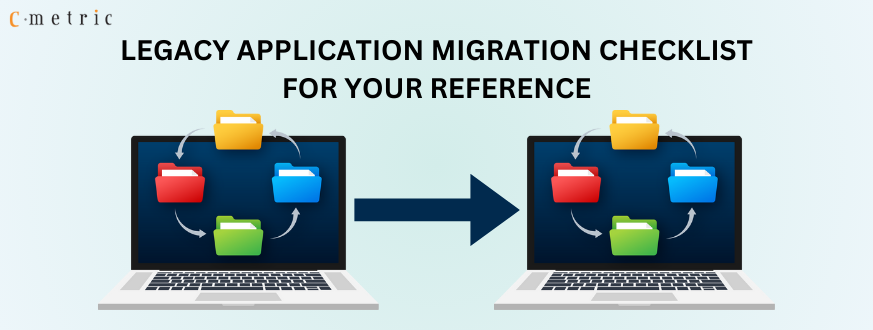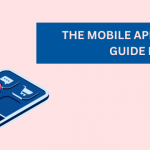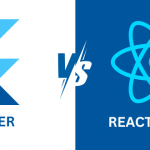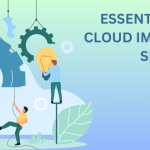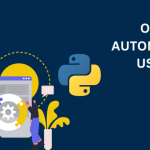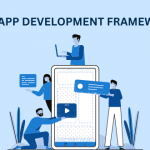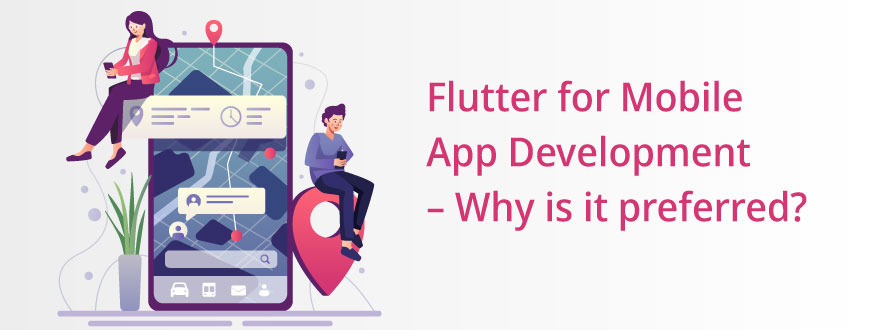In the rat race of updating crucial systems and software, organizations are busy in legacy application migration. While the process is the need of the hour, moving ahead with zero or bare minimum planning is like digging your own grave.
We don’t want you to make this mistake. This is why we’ve come up with this checklist that you should refer to as and when you need to commence your legacy application migration to the cloud journey.
Steps for Legacy Application Migration
#1 – Pre-Migration Planning
Before actually starting your migration process, you need to:
- Define the migration objectives clearly so that you know the direction to head to achieve success in the process. Talk about the performance improvements, cost savings, and compliance requirements beforehand.
- Assess the present legacy applications’ conditions and identify the crucial functionalities.
- Have a detailed migration plan ready to help you.
#2 – Pick a Suitable Migration Strategy
The next step in the process of legacy application migration is to:
- Select a viable migration strategy out of available options like refactoring, rehosting, re-platforming, rebuilding, and re-architecting.
- Pick a strategy that is deemed fit according to your organizational needs and migration objectives.
#3 – Resource Allocation
After strategy selection, you need to move ahead and:
- Find suitable resources concerning costs, expertise, migration tools, licensing fees, and other aspects.
- Hire adequate human resources developers, system administrators, and cloud experts to handle the process effectively.
#4 – Get The Data Ready
As you plan to move data from legacy applications to modern tools, you need the following:
- Carry out an extensive data inventory survey to identify all the data resources and identify which should be a part of the data migration process.
- To engage data in cleaning and transforming processes so that it becomes compatible with the new environment.
- Set up a data backup and recovery program so that data is not lost during the process.
Top 3 AWS Cloud Migration Challenges and Ways to Overcome Them
#5 -Testing and Validation
As you begin your testing and validation process, make sure there is:
- A comprehensive testing plan to talk about unit testing, user acceptance testing, and data integration in detail.
- Through testing of the application and its behavior in the new ecosystem.
- End-to-end load testing to assess scalability in the real world
#6 – Security Measures
Applying proper security measures is part and parcel of legacy application migration, and to make sure it goes smoothly, you need to:
- Implement adequate security measures like encryption, access control, and data usage limits during and after the migration.
- Continuing to conduct security audits regularly to identify vulnerabilities and fix them before they become a headache.
- Make sure that data handling is a full complaint process and meets the industry’s regulations by all means possible.
Final Say
Migrating legacy applications to the cloud is a non-negotiable job, and to make sure it’s going smoothly, certain pointers like having a pre-migration plan in place, choosing the right strategy, proper resource allocation and many others should be kept in mind. The easiest way to do so is to hire a skilled legacy application migration partner who will take care of all of these hassles.

